We may earn money or products from the companies mentioned in this post. This means if you click on the link and purchase the item, I will receive a small commission at no extra cost to you … you’re just helping re-supply our family’s travel fund.
Traveling, whether for work or leisure, often means navigating busy streets, unfamiliar highways, or tricky weather conditions. Staying safe on the road is crucial for arriving at your destination without incident. Whether you’re heading out for a quick commute or a cross-country road trip, following simple safety tips can drastically reduce your risk of accidents and make your journey smoother. Here are 11 travel tips to help you stay safer and smarter while on the road:
Put Down Your Phone
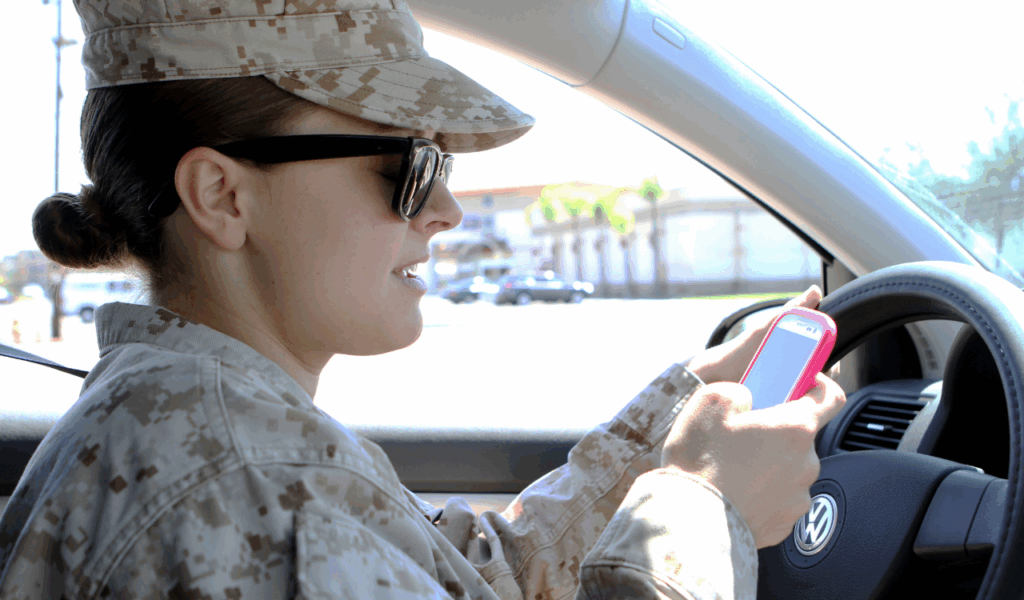
One of the biggest distractions for drivers today is their phones. Whether it’s texting, checking emails, or using social media, it’s easy to get distracted. However, distracted driving is one of the leading causes of car accidents. To avoid this, make it a habit to stash your phone in the glove compartment or back seat before starting the engine. Switch it to “Do Not Disturb” mode, so you’re not tempted to check alerts, even at red lights. Keeping your attention on the road is the first step to a safer drive.
Check All Mirrors Frequently
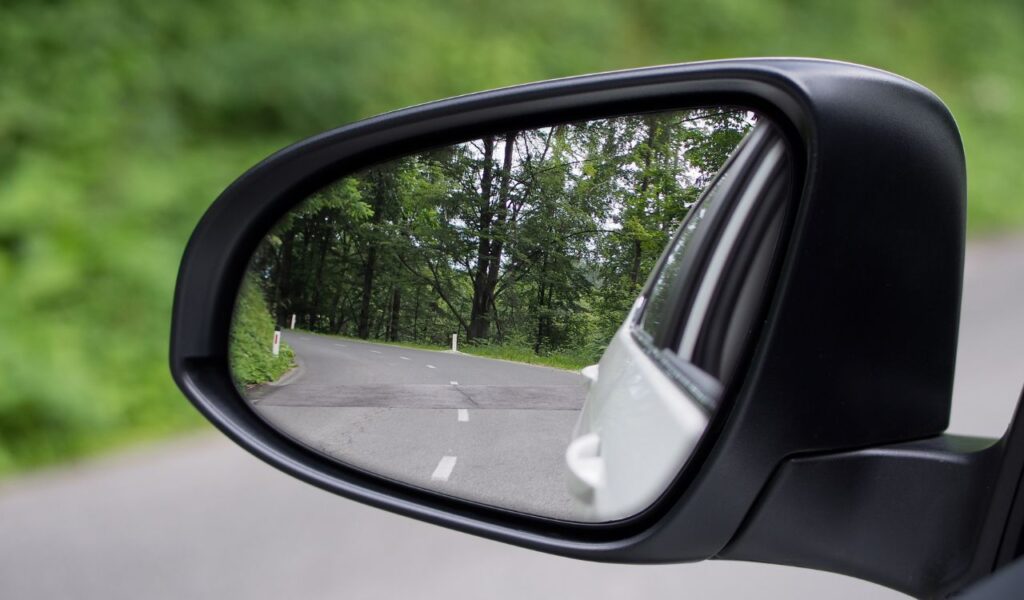
Blind spots can be dangerous, especially when changing lanes or merging. A simple but effective habit is to check all your mirrors regularly, even when you aren’t planning to change lanes. By scanning your mirrors every few seconds, you’ll be more aware of your surroundings and be able to avoid collisions with other vehicles you might not see at first. This quick action can save you from an accident and help you make smoother, safer maneuvers.
Leave Plenty of Following Distance
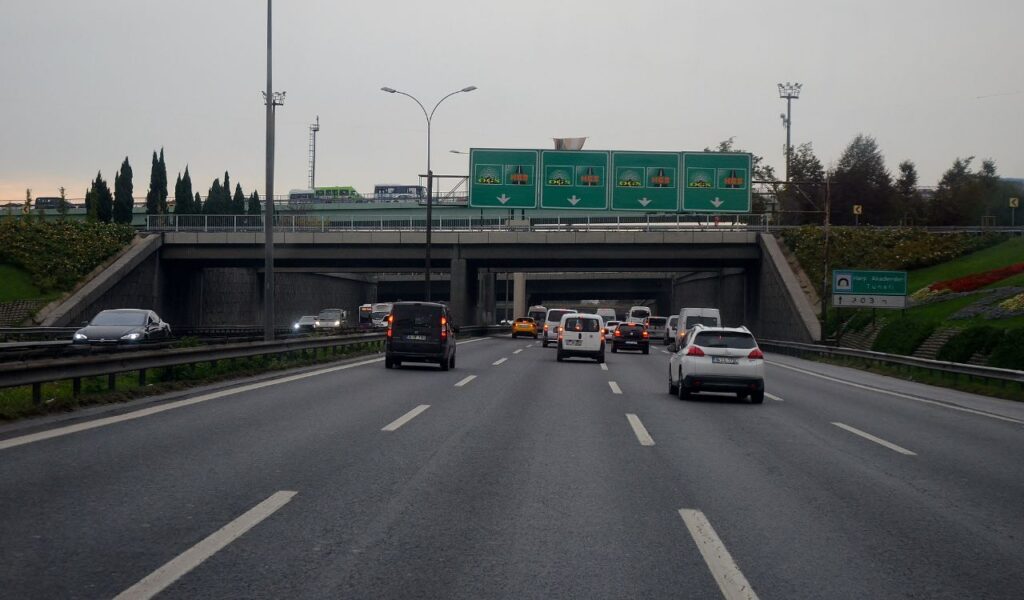
Tailgating is a dangerous habit that many drivers fall into, especially when in a hurry. However, keeping a safe following distance of at least four seconds gives you ample time to react if the car ahead suddenly brakes. In heavy traffic or urban areas with frequent stops, increasing that buffer to six or eight seconds is recommended. This extra distance not only reduces the likelihood of rear-end collisions but also ensures smoother braking in emergencies.
Watch for Aggressive Drivers
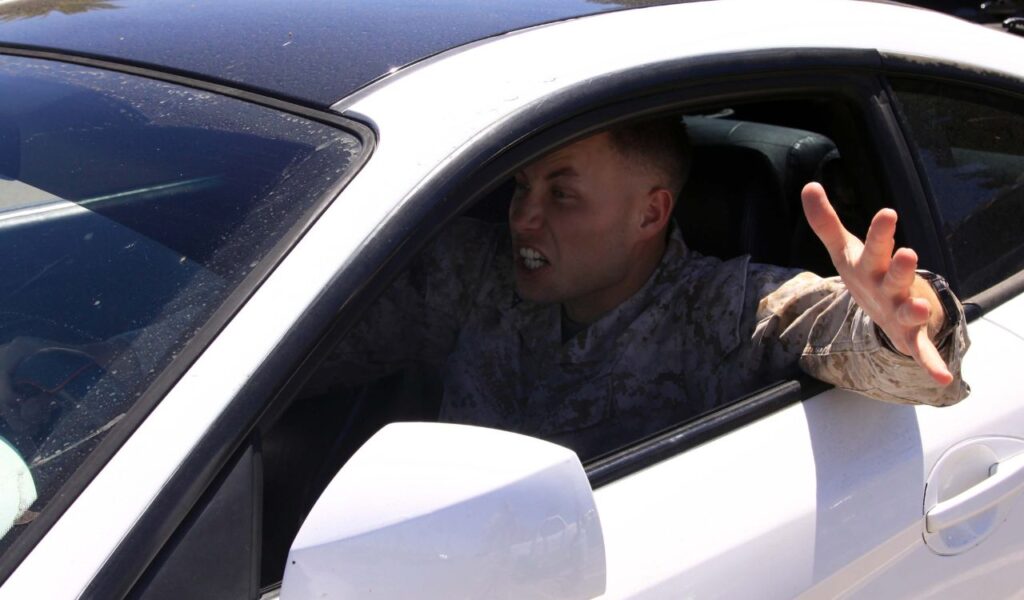
Reckless drivers can pose a significant danger on the road. Be extra vigilant for behaviors such as speeding, tailgating, or running red lights. If you notice aggressive drivers, try to de-escalate by increasing your following distance or pulling over when it’s safe to let them pass. Avoid engaging with an aggressive driver to prevent road rage incidents. By staying calm and giving them space, you’re less likely to get caught in a dangerous situation.
Slow Down in Bad Weather
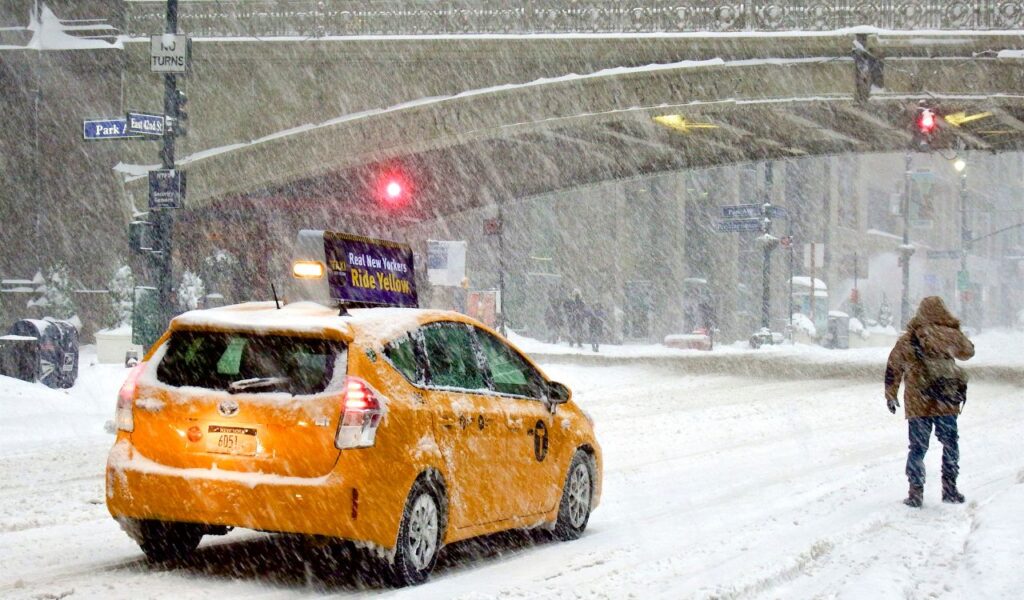
Bad weather conditions—like rain, fog, snow, or ice—require extra caution. When visibility is reduced or roads are slippery, it’s important to adjust your driving speed accordingly. The Federal Motor Carrier Safety Administration recommends reducing your speed by half in snow or icy conditions. Slower driving allows for longer braking distances and better traction, helping you stay in control of your vehicle. If conditions are really bad, don’t hesitate to pull over and wait for the weather to improve.
Watch for Pedestrians and Cyclists

Pedestrians, cyclists, and even joggers are vulnerable on the roads, so it’s crucial to be extra cautious around crosswalks, bike lanes, and shared spaces. Always slow down and look out for people walking or cycling, especially near schools, parks, or busy intersections. Make eye contact with pedestrians to ensure they see you waiting for them to cross. By giving cyclists extra space—at least three feet—you help prevent accidents and contribute to everyone’s safety on the road.
Adhere to All Traffic Signals
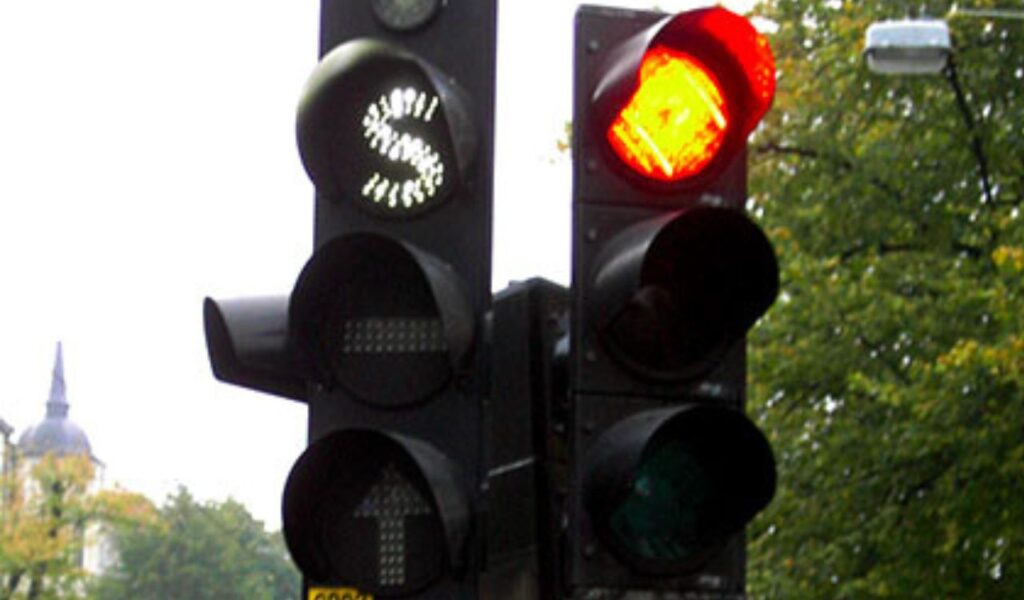
Traffic signals are designed to keep everyone safe on the road, so it’s important to follow them strictly. Never try to rush through a yellow light, as it can lead to dangerous accidents. Always come to a full stop at stop signs and red lights. Avoid distractions, such as using your phone, at traffic signals. Giving yourself the time to pay attention to these signals can prevent collisions and also help you avoid costly fines for running lights or stop signs.
Adjust Your Driving to Road Conditions
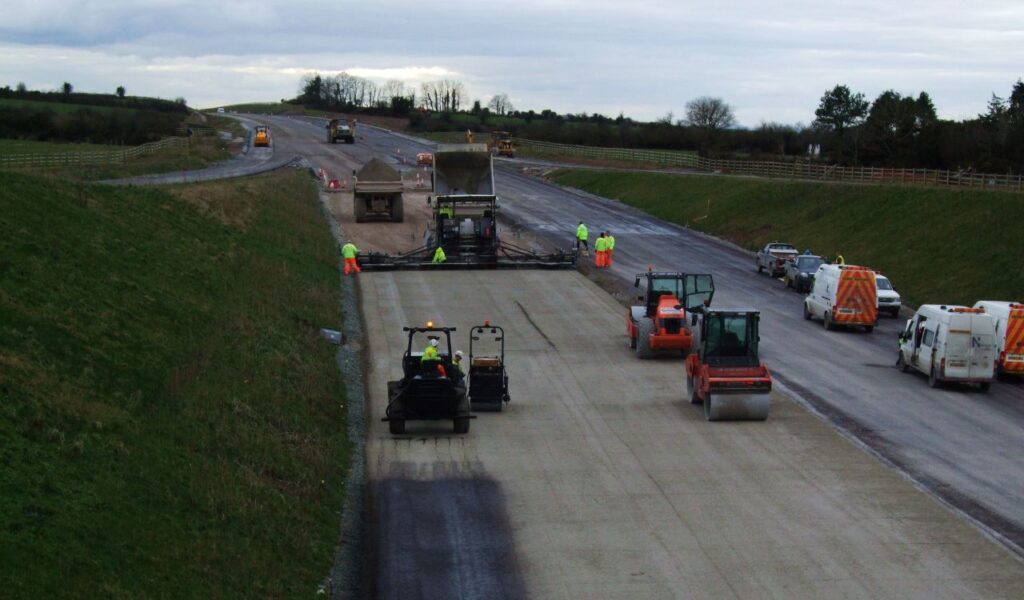
The road can change depending on where you are. From high-traffic areas to roads under construction or in rural settings, it’s important to adjust your driving to match road conditions. In densely populated urban areas, reduce your speed to navigate congested streets. In rural areas, take extra care when driving on unfamiliar roads or winding lanes. Being adaptable to different environments will help you stay safe in any situation.
Watch the Road, Not the Scenery
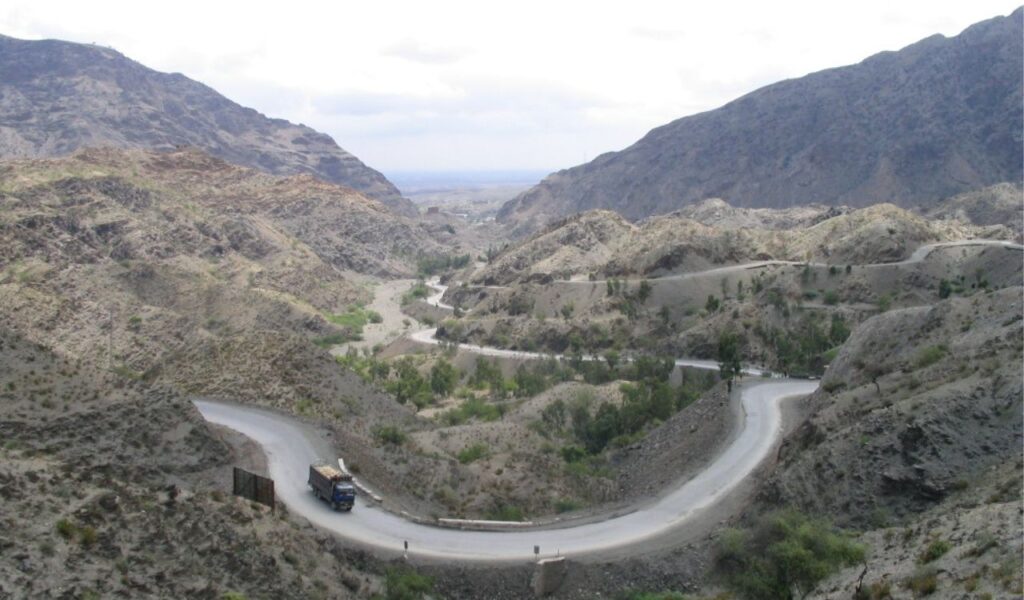
While it’s tempting to look around and admire the view, especially during scenic drives, always keep your eyes focused on the road ahead. Taking your attention away from the road for even a couple of seconds can significantly increase your risk of an accident. This means avoiding distractions like staring at landmarks or checking your phone while driving. Stay focused on the traffic and road conditions to stay alert and in control.
Keep Your Vehicle Well Maintained
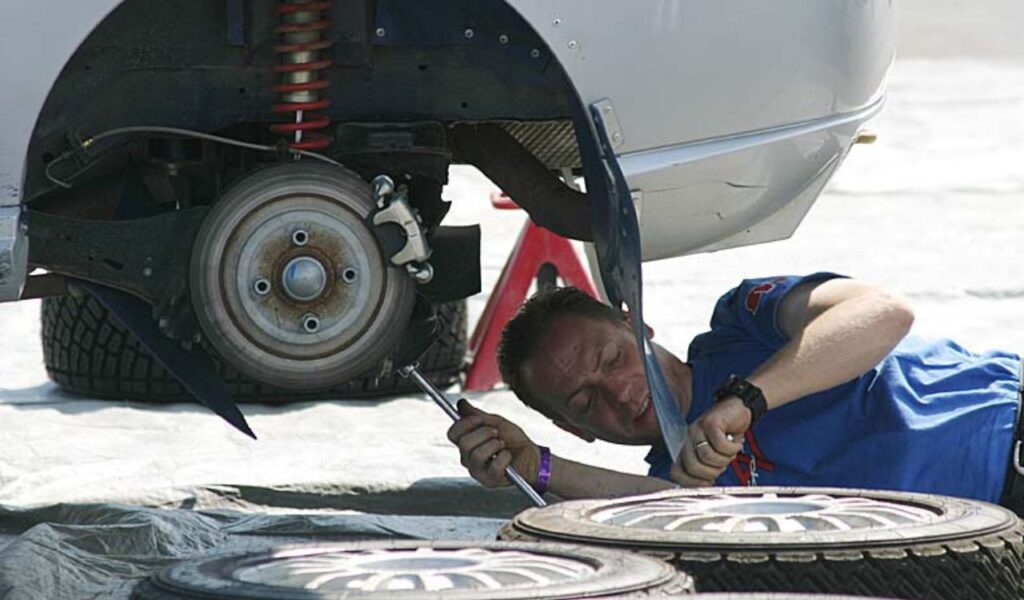
Regular vehicle maintenance isn’t just about keeping your car running smoothly—it’s essential for safety. Make sure your tires have adequate tread, your brakes are functioning properly, and your lights are working. Regular check-ups can help you catch problems before they become hazardous. If your car isn’t properly maintained, small issues like worn-out brakes or a malfunctioning headlight can contribute to accidents that could easily be prevented with proper care.
Tweak Habits for Low Light or Night Driving
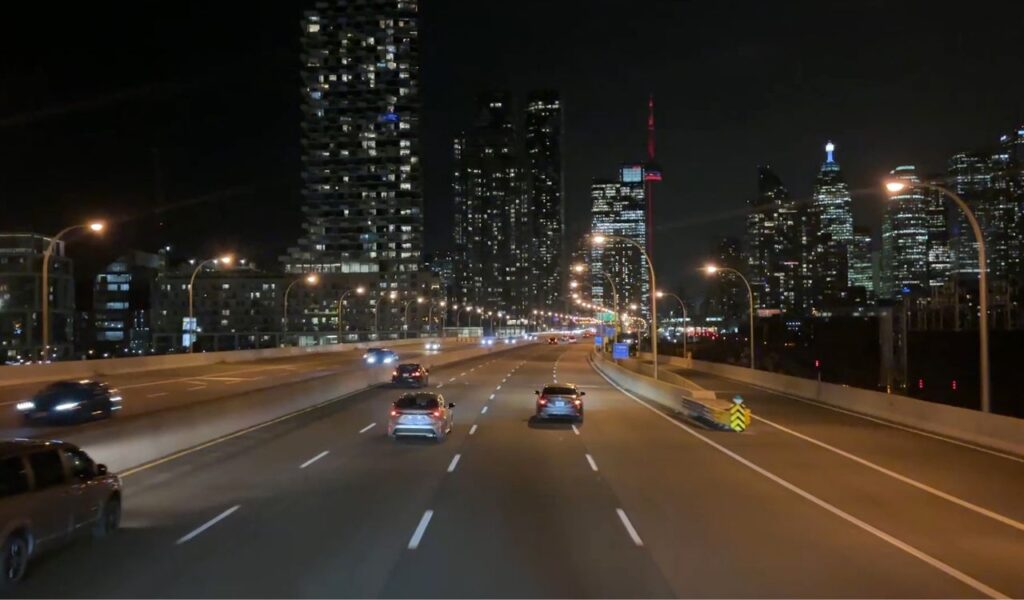
Driving at night or during dusk can be more challenging due to decreased visibility. Adjust your driving speed to accommodate for the lower light and slower reaction times. Use your high beams carefully and dip them for oncoming traffic. Fatigue and distractions can also worsen at night, so be sure to take regular rest stops if you’re driving long distances. Ensuring you’re well-rested and aware during nighttime travel reduces your risk of accidents.
Other Blog Posts You Might Enjoy
www.idyllicpursuit.com (Article Sourced Website)
#Travel #Tips #Stay #Safer #Smarter #Road #Idyllic #Pursuit
